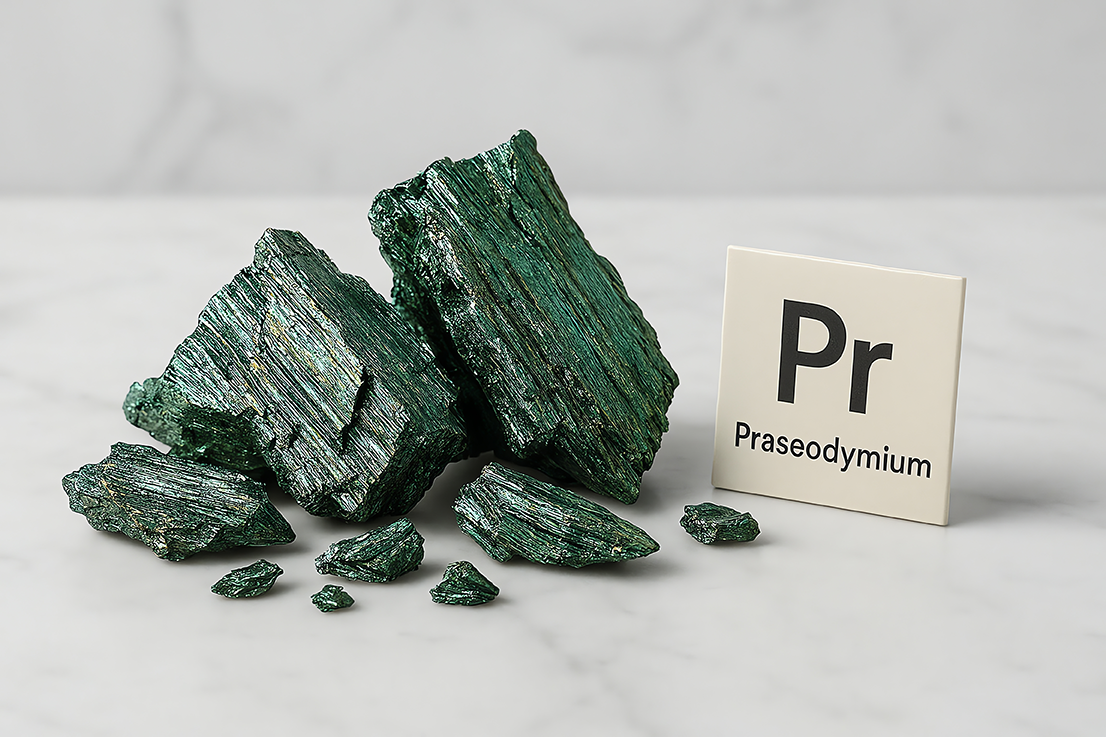
From Rock to Rare Series: Part 2 – Refining
Dive into the supply chain, specifically the refining stage. Learn about how EAG Laboratories specializes in helping clients navigate the demand of REE refining.
To enable certain features and improve your experience with us, this site stores cookies on your computer. Please click Continue to provide your authorization and permanently remove this message.
To find out more, please see our privacy policy.